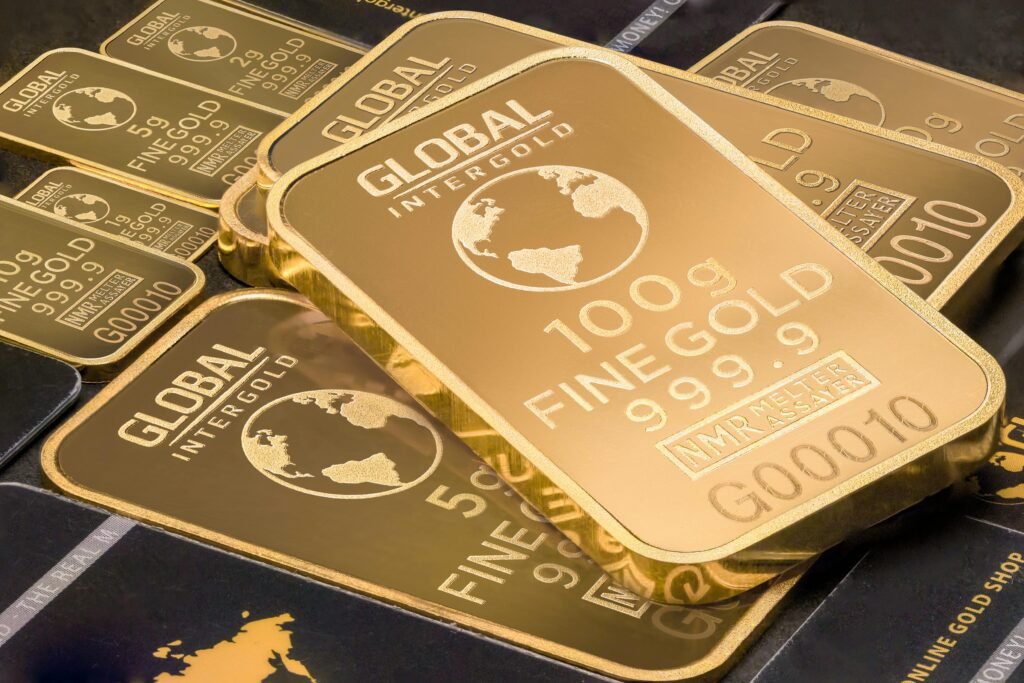
Gold, a timeless symbol of wealth and stability, continues to hold a significant place in the global market. Understanding the factors driving gold demand is crucial for investors, industry analysts, and anyone interested in the economic landscape. Here’s a comprehensive look at the key forces shaping global gold demand:
1. Safe-Haven Status: Gold is widely perceived as a safe-haven asset. During periods of economic uncertainty, geopolitical tensions, or stock market volatility, investors flock to gold as a hedge against inflation and a store of value. This “flight to safety” behavior can lead to surges in gold demand.
2. Economic Fluctuations: Gold’s price often exhibits an inverse relationship with the US dollar. When the dollar weakens, gold tends to become more attractive to international investors, pushing up demand. Additionally, a strong global economy can also lead to increased demand for gold from various sectors like jewelry and technology.
3. Central Bank Activity: Central banks around the world are significant players in the gold market. They hold gold reserves as part of their foreign exchange holdings, and their buying or selling activity can impact gold prices and overall demand. In recent years, central banks have been net buyers of gold, contributing to rising demand.
4. Jewelry Market Dynamics: Gold jewelry remains a major driver of global demand, particularly in emerging economies like India and China. Cultural significance, social status symbols, and growing disposable incomes all contribute to the demand for gold jewelry in these regions.
5. Technological Applications: Gold’s unique conductive properties make it a valuable component in various technological applications, including electronics, aerospace, and medical devices. The increasing demand for these technologies has contributed to a rise in industrial gold demand.
6. Investment Diversification: Investors are increasingly seeking to diversify their portfolios beyond traditional stocks and bonds. Gold Exchange-Traded Funds (ETFs) offer a convenient way to invest in gold, and their popularity has contributed to rising investment demand.
Looking Ahead: A Dynamic Landscape
The global gold market is a complex ecosystem influenced by a multitude of factors. Here are some potential trends that might shape future gold demand:
- Geopolitical Tensions: If geopolitical instability persists, it could continue to fuel demand for gold as a safe-haven asset.
- Inflationary Pressures: Persistent inflation could incentivize investors to seek protection in gold, pushing up demand.
- Technological Advancements: Breakthroughs in UDC (Under-Display Camera) technology for smartphones, for instance, could potentially reduce gold demand in the electronics sector.
- Environmental Regulations: Stricter environmental regulations on gold mining could potentially constrain supply, impacting the overall market dynamics.
Gold’s enduring appeal is likely to continue in the foreseeable future. Understanding the diverse factors driving demand allows for a more informed perspective on the global gold market. Whether driven by economic uncertainty, cultural preferences, or technological advancements, the demand for gold will continue to be a significant force shaping the global market landscape.











